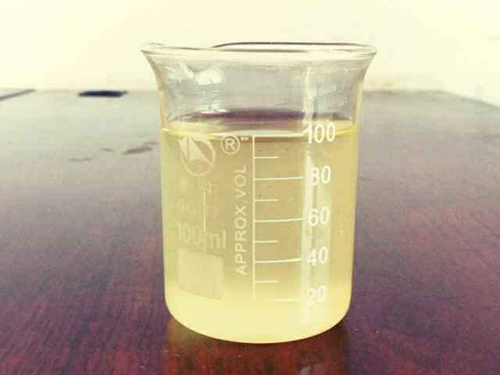pam chemical for water treatment
PAM Chemical for Water Treatment An Overview
Polyacrylamide (PAM) has emerged as a crucial chemical in the field of water treatment due to its versatile properties and effectiveness in various applications. This polymer, derived from acrylamide, is widely used to improve water quality by enhancing processes such as flocculation, sedimentation, and filtration. In this article, we will explore the role of PAM in water treatment, its mechanisms, benefits, and the different types available.
Mechanism of Action
PAM functions primarily as a flocculant. When added to water, it interacts with suspended particles, helping them to aggregate into larger clusters, known as flocs. This aggregation process is essential for removing impurities from water, as larger flocs can be easily separated from the liquid. The polyacrylamide molecules are charged, and depending on the formulation, they can be anionic, cationic, or non-ionic. The choice of PAM type is critical, as it directly affects the interaction with the wastewater composition, determining the efficiency of the treatment process.
Applications in Water Treatment
PAM is widely used in a variety of water treatment applications, including
1. Municipal Water Treatment PAM enhances the coagulation and flocculation processes, which are vital for purifying drinking water. By improving the removal of turbidity and pathogens, PAM contributes significantly to public health.
2. Industrial Wastewater Treatment Many industries generate wastewater containing oils, metals, and organic pollutants. PAM aids in the separation of these contaminants, making it easier to comply with environmental regulations and reducing disposal costs.
3. Mining and Mineral Processing In mining, PAM is employed for the treatment of tailings water, helping to recover valuable minerals and reducing the environmental impact of mining operations.
pam chemical for water treatment

4. Agricultural Runoff Management PAM is utilized to control soil erosion and improve water retention in agricultural settings. When applied to fields, it reduces the runoff of sediment and nutrients into water bodies, thereby protecting water quality.
Benefits of Using PAM
The application of PAM in water treatment offers numerous advantages
- Efficiency PAM significantly enhances the rate of sedimentation and the clarity of treated water, leading to improved operational efficiency in treatment facilities. - Cost-Effectiveness By optimizing the treatment process, PAM helps in reducing the overall operational costs associated with water treatment, such as energy and chemical usage.
- Environmental Protection Its ability to reduce pollutant levels and improve water quality aids in protecting aquatic ecosystems from harmful substances.
- Adaptability PAM can be customized to suit specific treatment needs, making it suitable for various types of wastewater and environmental conditions.
Conclusion
Polyacrylamide is an invaluable chemical in the realm of water treatment, demonstrating effectiveness across multiple applications. As concerns over water quality continue to grow globally, the demand for efficient and environmentally friendly treatment options like PAM is likely to increase. Industry stakeholders must carefully select the appropriate type and dosage of PAM to optimize treatment processes while adhering to safety and environmental regulations. Future research and development will also play a crucial role in enhancing PAM formulations, making water treatment more efficient and sustainable.
-
The Power of Isothiazolinones in Modern ApplicationsNewsMay.08,2025
-
Flocculants in Water TreatmentNewsMay.08,2025
-
Flocculants and Chemical Solutions: What You Need to KnowNewsMay.08,2025
-
Flocculants and Chemical Solutions: A Growing IndustryNewsMay.08,2025
-
Essential Chemicals: Polymaleic Anhydride and MoreNewsMay.08,2025
-
Acrylic Polymers: Essential Solutions for IndustryNewsMay.08,2025





